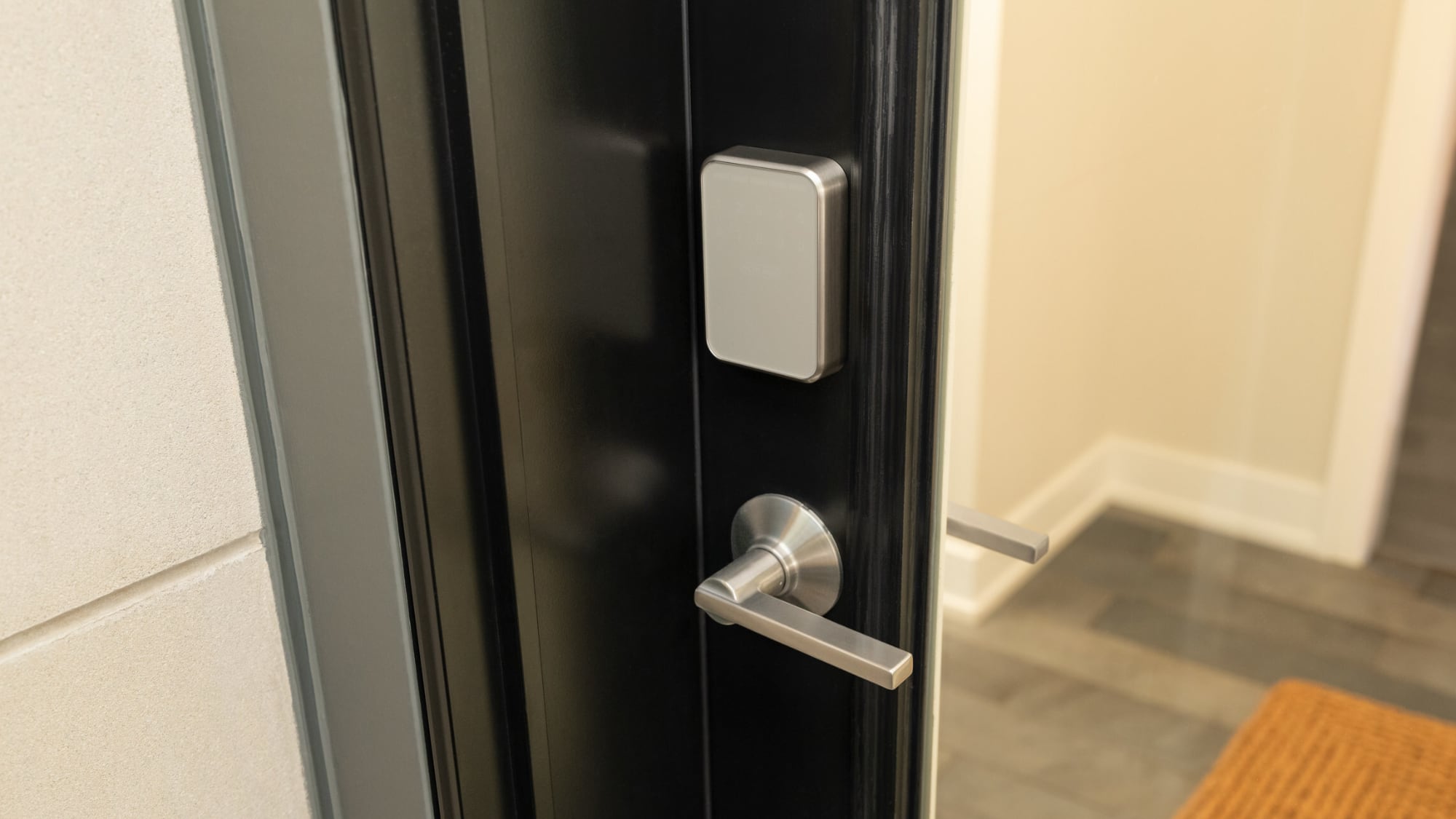Google Pixel Watch 2 leak reveals the key upgrades we can expect
It looks as though the Google Pixel Watch 2 is going to be launched before the end of the year, and a major leak just revealed some of the key upgrades that are coming to the Wear OS smartwatch this time around.
The leak is courtesy of Android Authority, and is based on “a source inside Google”. Don’t take any of this as official or confirmed right now, but these new features and upgrades could all potentially be in the pipeline.
First of all the watch is said to be running a Qualcomm Snapdragon W5 Gen 1 processor, a step up from the somewhat dated Samsung Exynos 9110 that was fitted inside the original Google Pixel Watch that launched back in October 2022.
Not only will that new chipset bring with it snappier performance on your wrist, it should also be more power efficient – and that hopefully means better battery life. The original Pixel Watch lasts for around 24 hours between charges. Android Authority says the battery capacity will be slightly larger too, at 306mAh (up from 294mAh).
Hardware and software
There will also be ultra-wideband (UWB) support in the Pixel Watch 2, according to the leak. That means more accurate device finding features, which is something that Google is rather keen on right now if the rumors of its AirTag rivals are true.
UWB can also be used for improved device-to-device communication – so imagine using your Pixel Watch 2 to unlock your car, for example, or being able to transfer media playback from your watch to a Google Pixel Tablet.
The display is apparently getting an upgrade too, which might bring brightness improvements – although the basic size and resolution, 1.2 inches and 384 x 384 pixels, are staying the same. The thick-ish bezels are still in place too.
Finally, the Pixel Watch 2 is said to be coming with the upcoming Wear OS 4 software. Amongst other improvements, it will bring with it seamless updates, so the new version of Wear OS can be downloaded and installed while the current version is still being used – a reboot is all that will be required.





